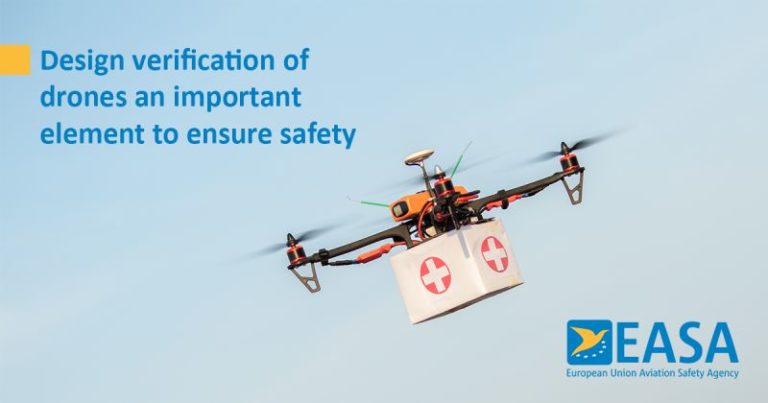

#Emergency 20 fire drone how to#
drones for disaster recoveryĭisaster recovery also involves rebuilding areas that were affected whilst also analysing how to mitigate the effects if a similar event were to happen in the future. Trialling the delivery of PPE supplies and COVID test kits, we proved that delivery time could be reduced from up to six hours by road and ferry, to just 15 minutes by drone.
#Emergency 20 fire drone trial#
In May 2020, with the world in the grip of the global COVID-19 pandemic, SOARIZON was involved in a ground-breaking medical drone delivery trial in the Scottish Highlands. Whilst roads, rail and water can be transient, the air is nearly always accessible.ĭrones can carry out these duties much more quickly than traditional routes, as well as having the additional advantage of keeping additional personnel away from potentially dangerous areas In these situations, drones can not only be used to re-establish communication between parties, but also to deliver essential items such as food, water or life-saving medical supplies to those who need it. Often after a disaster, when people need it most, traditional lines of communication and delivery are disabled. Using drones to deliver emergency supplies This not only makes them more accurate for aiding in finding survivors, but they also provide a cheaper and safer option than sending in rescue helicopters in the first instance. In floods it’s also likely that people can get stuck in areas with no safe way to escape such as rooftops or top-floor rooms. Equally, in search and rescue missions, terrain is often difficult to navigate, such as mountain regions or vast areas of natural landscape.ĭrones used for these types of search and rescue mission are often equipped with thermal imaging cameras which can help find missing persons in areas that are difficult to search.

In natural disasters such as earthquakes, or in devastation caused by explosions, people can be trapped under rubble. Whether in disaster scenarios, or with more common search and rescue missions, it's important that missing persons are found as soon as possible to maximise their chance of survival. They were also used to identify population-dense buildings that had collapsed, such as schools and hospitals, so that rescue teams could effectively target priority areas. Rescue teams used UAVs to identify routes that were unusable due to caved in tunnels or bridges that had given way. The 2008 Sichuan earthquake was one of the most destructive earthquakes in history many buildings and bridges collapsed, as the infrastructure was unable to hold up to the shock waves. Similarly, drones have been indispensable in rescue efforts in the aftermath of an earthquake. The UAVs aerial images make clear the best routes to lead evacuations, as well as identifying the clearest path when rescuing people by boat.

They can even predict which buildings might be at risk, and therefore best prioritise areas that should be evacuated.

Use of drones in flood disastersĭrone observations can help assess the direction in which the flood is heading. We explore the various ways that these drones can aid emergency services around the world in managing disaster response and relief operations. Just this year, the procurement arm of the UK Government and Emergency Services announced an £8 million agreement for companies with the latest drone technologies to provide its products to the emergency services. In fact, UAVs can assist with managing the impact of a disaster both during and after the event. Increasingly, drones are being used to assist these services in various stages of emergency management. While a disaster is ongoing, drones can be extremely useful in aiding emergency services to figure out how best to plan their rescue efforts. Rapid deployment of first response within 60 minutes of an incident (known as the ‘golden hour’) can mean the difference between life and death, and drones can be a hugely valuable tool in making a first assessment. Emergency response teams are often working against the clock and in conditions that greatly reduce their mobility across the ground.


 0 kommentar(er)
0 kommentar(er)
